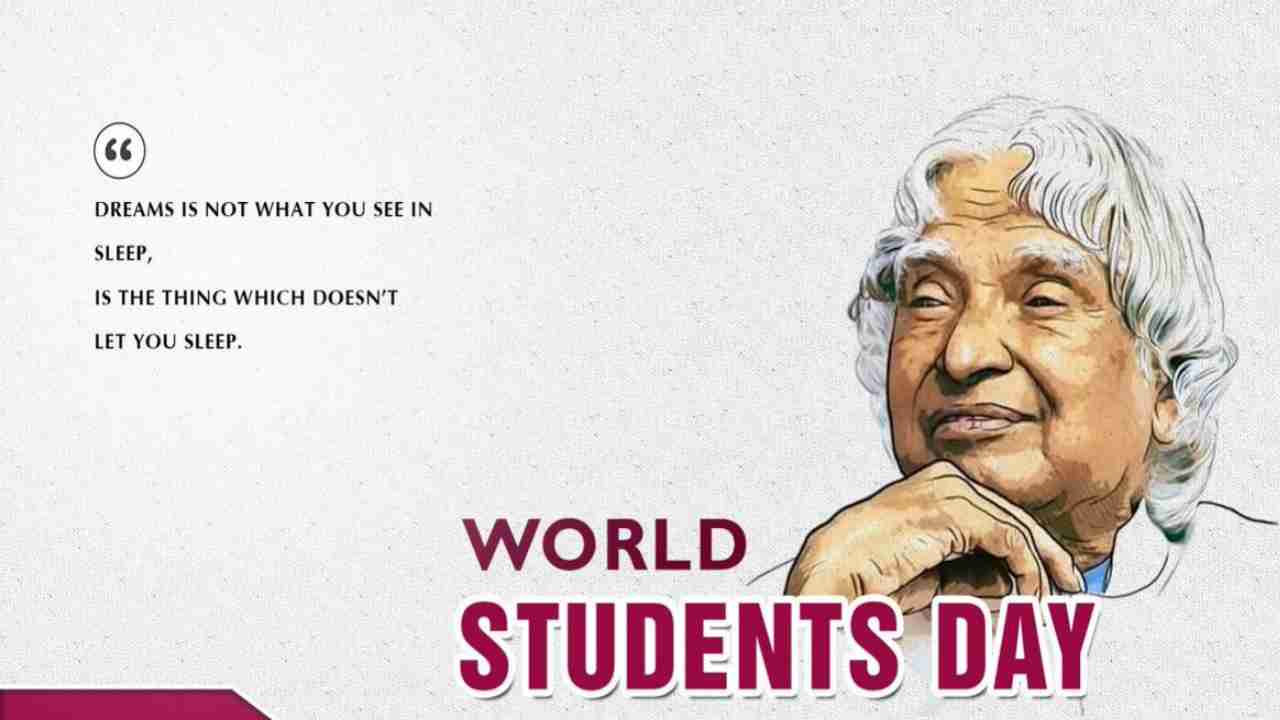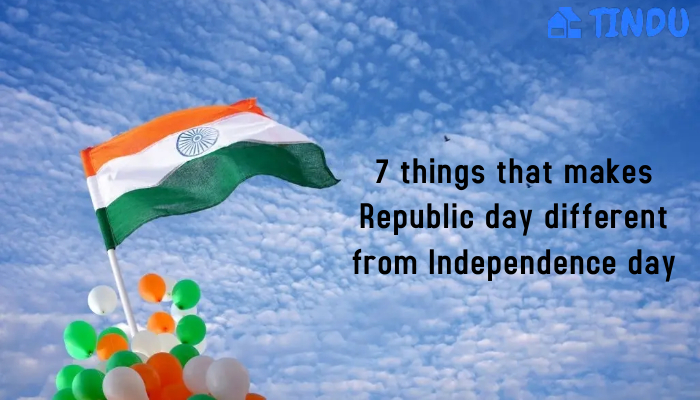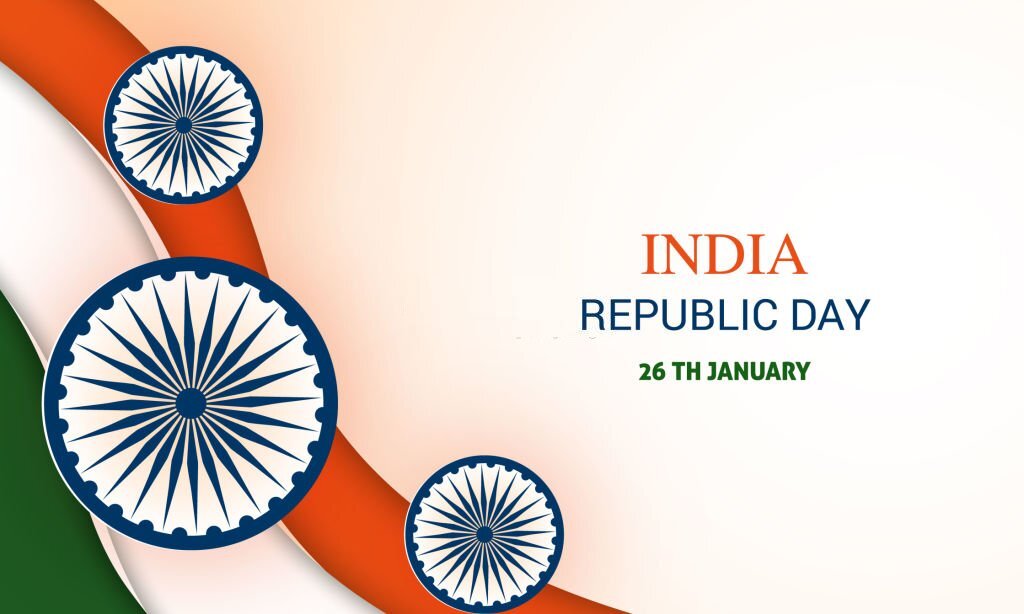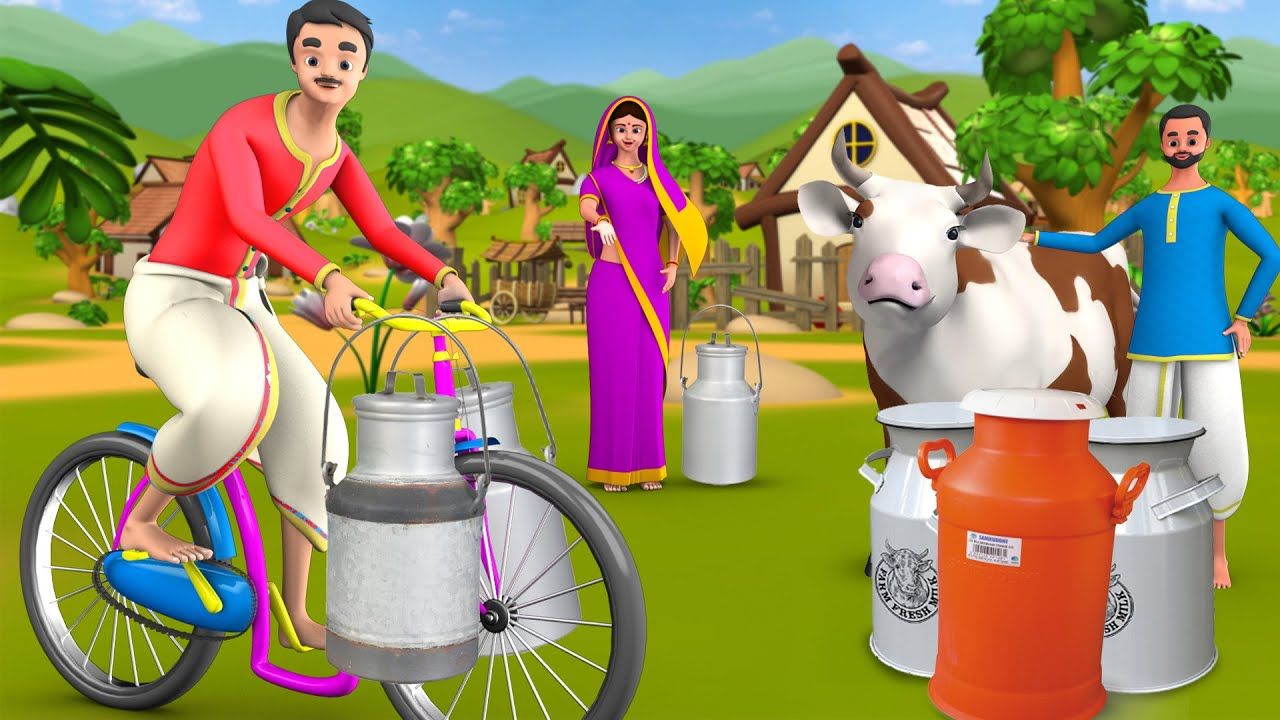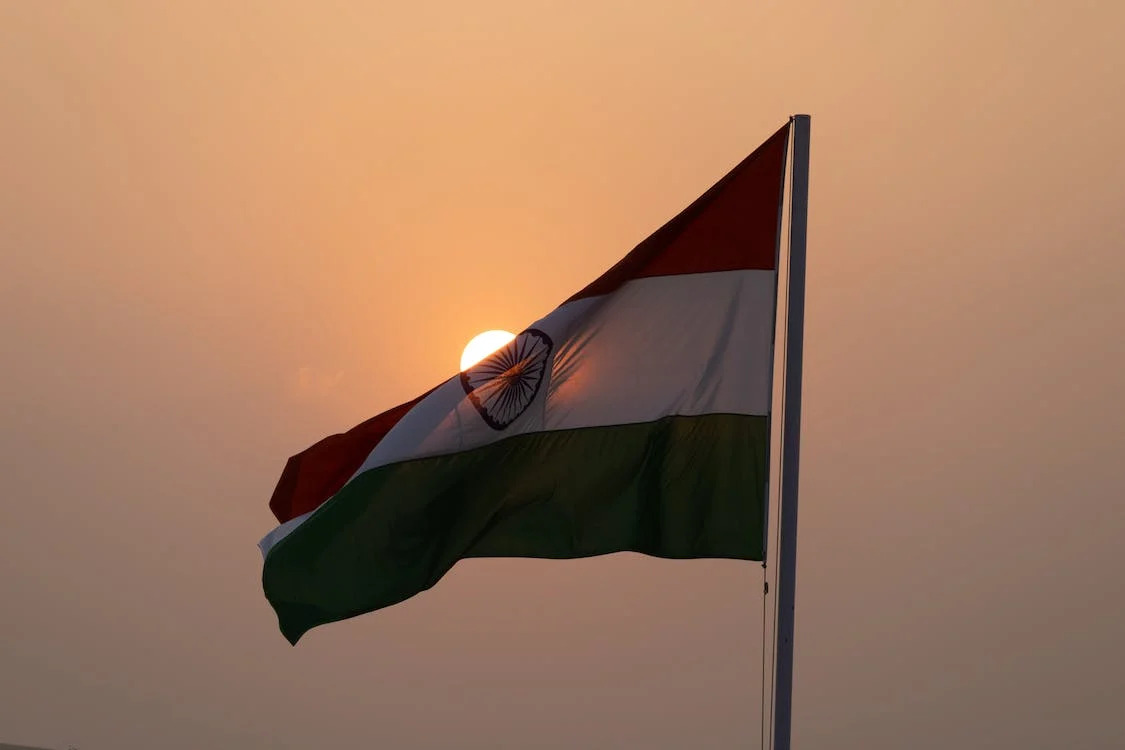India has declined to 101st place out of 116 nations in the Global Hunger Index (GHI) 2021, down from 94th place in 2020, and is now behind Pakistan, Bangladesh, and Nepal.

On Thursday, the website of the Global Hunger Index, which measures hunger and malnutrition, announced that eighteen countries, including China, Brazil, and Kuwait, shared the top spot with a GHI score of less than five.
The extent of hunger in India, according to the report, is “alarming.” It was written by Concern Worldwide, an Irish charity organization, and Welt Hunger Hilfe, a German organization
India was rated 94th out of 107 countries in 2020. With 116 countries participating, it has slipped to 101st place. India’s GHI score has slowed as well, falling from 38.8 in 2000 to a range of 28.8 to 27.5 between 2012 and 2021.

Under Nourishment
child wasting (the share of children under the age of five who are wasted, i.e. have low weight for their height, reflecting acute undernutrition), child stunting (children under the age of five who have low height for their age, reflecting chronic undernutrition), and child mortality are the four indicators used to calculate the GHI score (the mortality rate of children under the age of five).
[quote_left]“People in India, the country with the highest child wasting rate in the world,” the report added, “have been adversely impacted by COVID-19 and pandemic-related limitations.”[/quote_left]
According to the survey, neighboring nations such as Nepal (76), Bangladesh (76), Myanmar (71), and Pakistan (92) are also in the ‘alarming’ hunger category but have done a better job of feeding their citizens than India.
Other indices, such as the under-5 mortality rate, the incidence of stunting among children, and the prevalence of undernourishment due to insufficient food, have improved in India, according to the research.
The struggle against hunger
According to the report, is on the verge of collapsing. According to current GHI forecasts, the globe as a whole, and 47 nations, in particular, will not achieve a low level of hunger by 2030.
Food security is being threatened on numerous fronts
According to the report, growing violence, weather extremes linked to global climate change, and the economic and health problems posed by the COVID19 pandemic all contributing to hunger.
“Inequality between regions, countries, districts, and communities — is widespread and, if left unchecked, will prevent the world from meeting the Sustainable Development Goal (SDG) goal of leaving no one behind,” according to the research.

Furthermore, the report stated that being optimistic in 2021 will be tough because the forces driving hunger already outnumber good intentions and aspirational ambitions.
Conflict, climate change, and COVID-19 are three of the most strong and poisonous of these forces, according to the report, and they threaten to wipe out whatever progress made against hunger in recent years.





